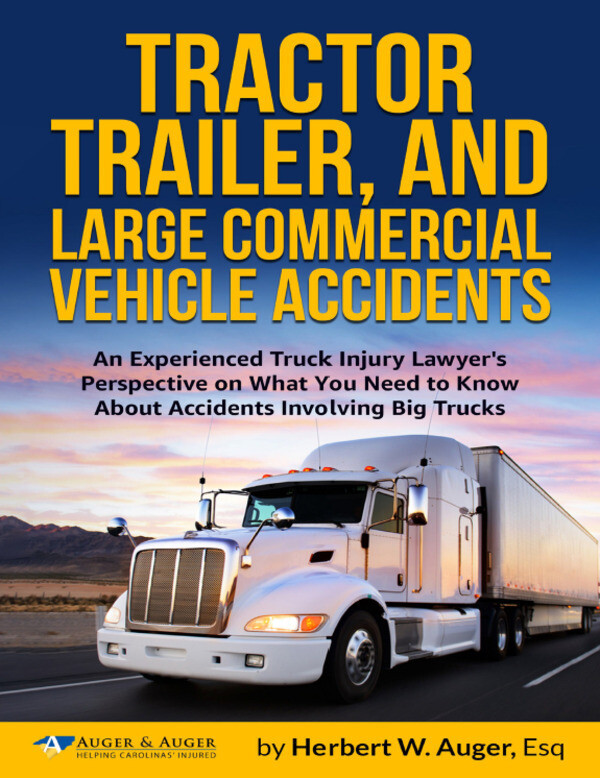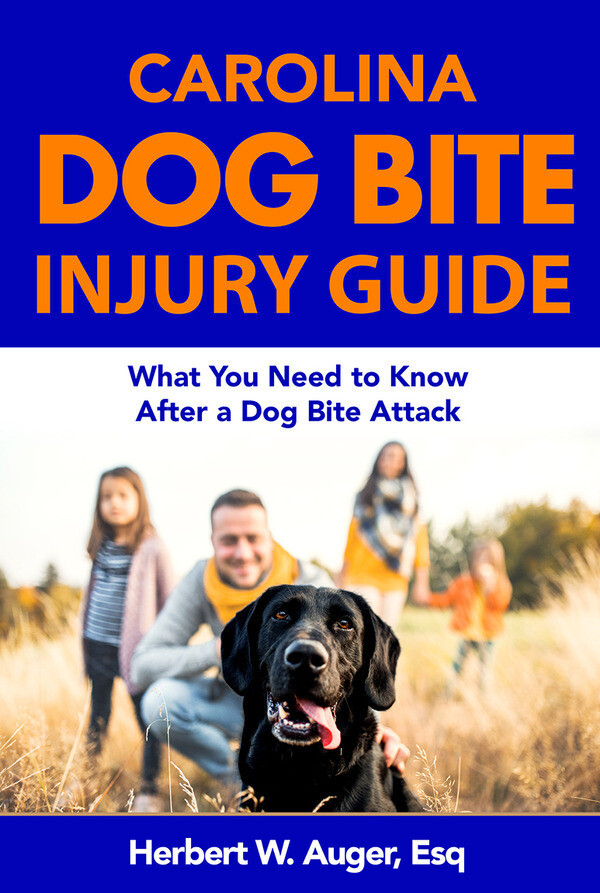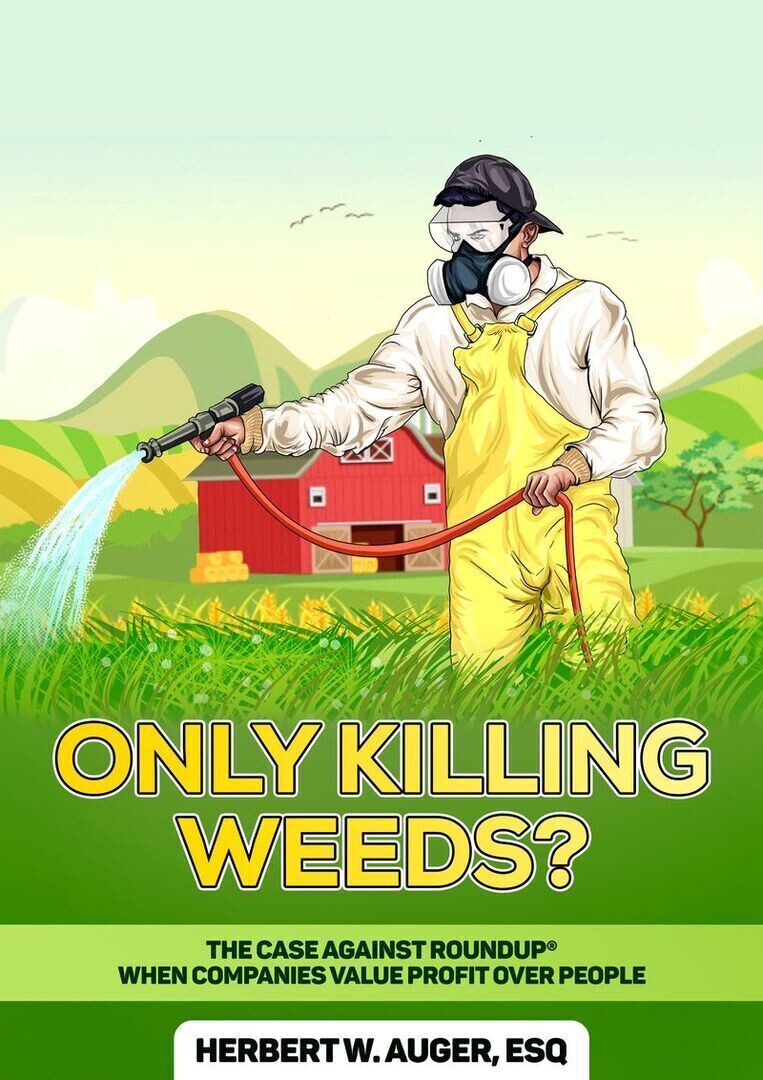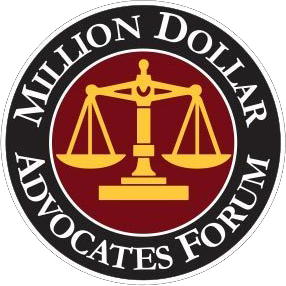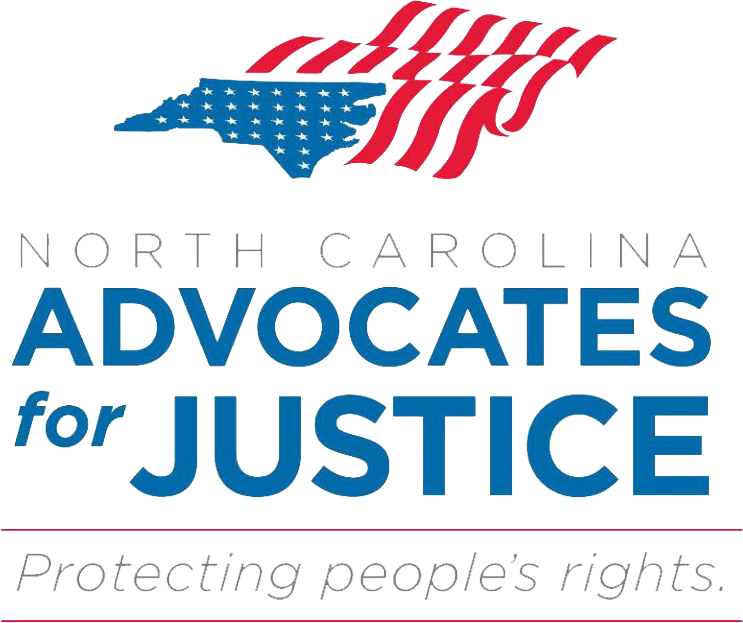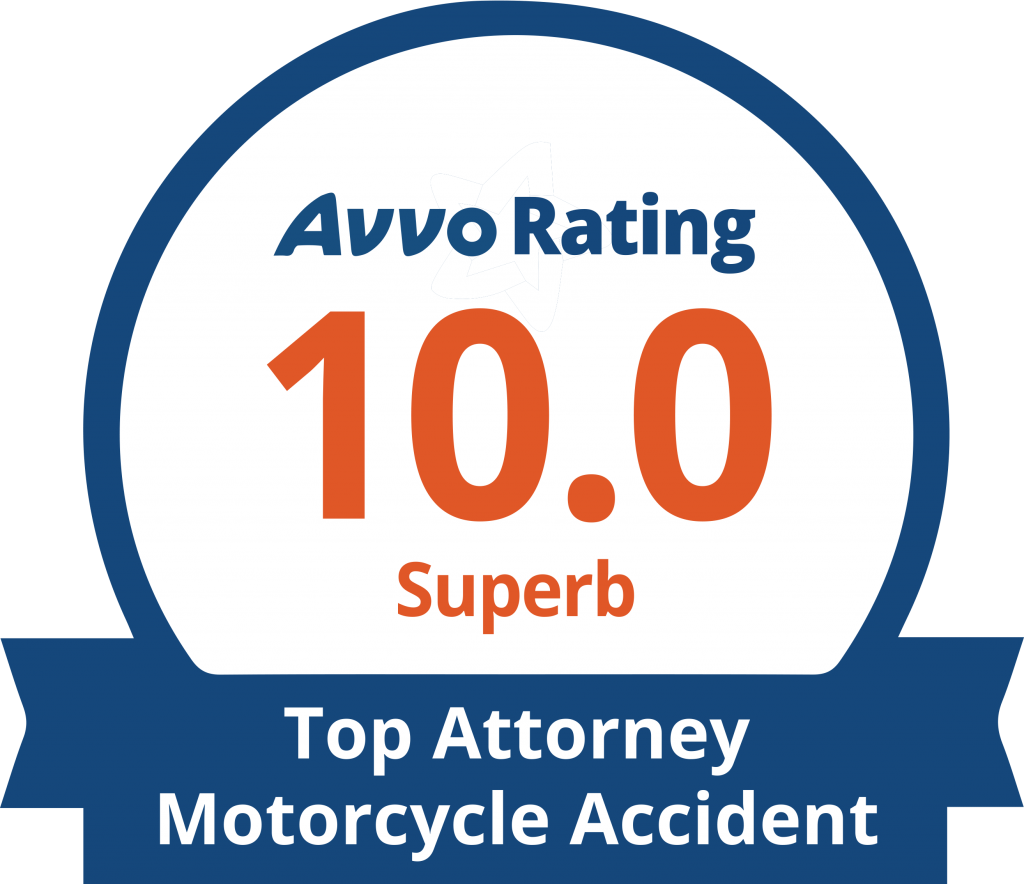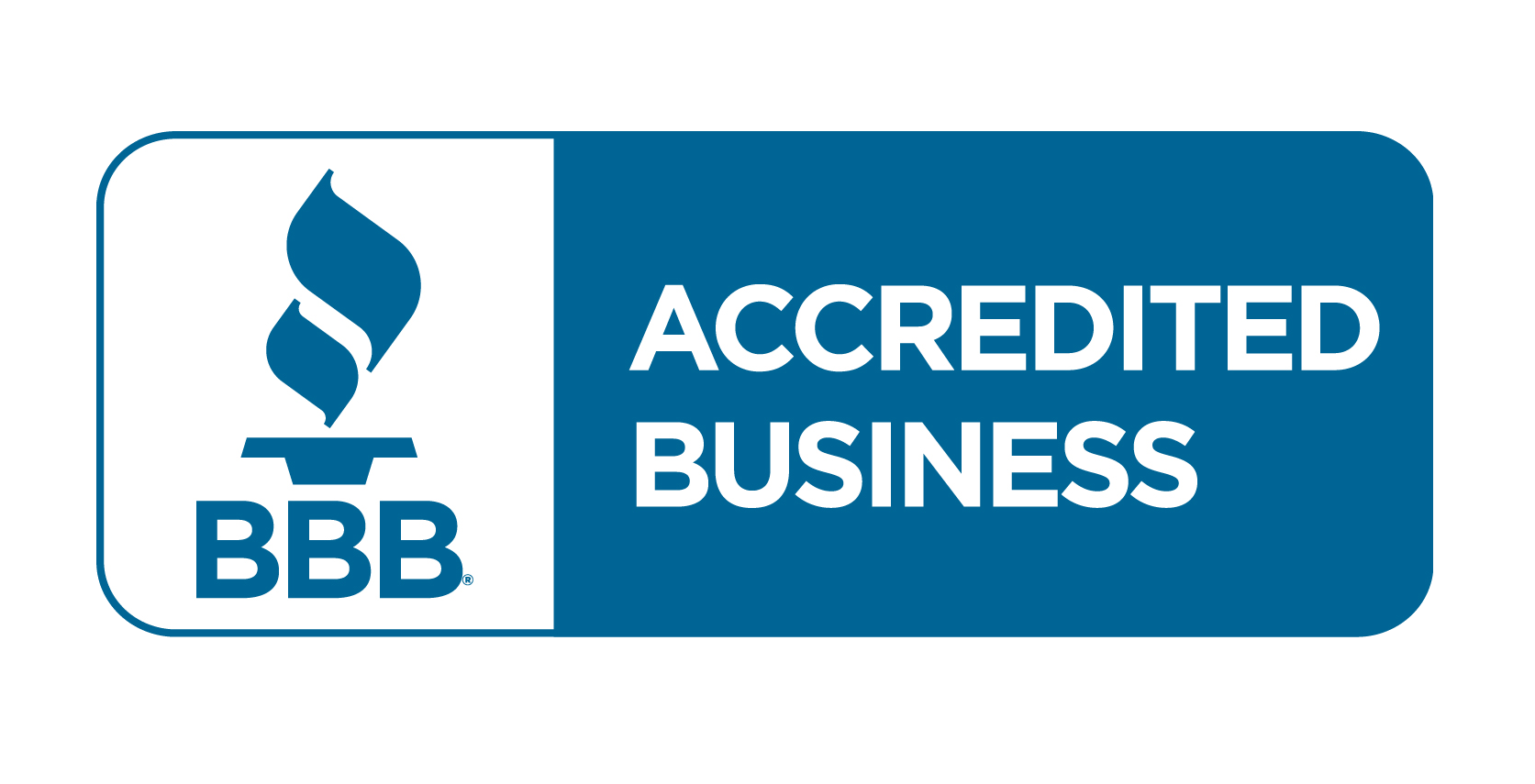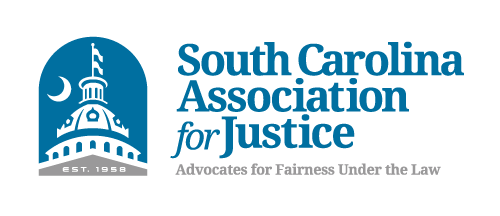At the firm of Auger & Auger, we represent victims of daycare injuries. Having a Greenville childcare accident lawyer on staff allows us to step into a situation of severe harm due to the negligence of the daycare center or its staff. We make certain your family’s rights are protected. Auger & Auger Accident and Injury Lawyers will handle the paperwork and investigation, then pursue the claim on your behalf in civil court so that you receive the compensation to which you are entitled.
Any parent knows that children are fast and can get into trouble in the blink of an eye. Daycare professionals should also understand this and supervise the children in their care at all times. When they don’t and injury occurs, our Greenville childcare accident lawyer is ready to step in. We have represented children who have suffered daycare injuries, including broken bones, scarring and burns, head injuries, and more. Children can’t determine which activities may be dangerous, but adults do. Daycare staff is required to anticipate and prevent accidents from occurring.
Childcare Laws and Regulations in Greenville
When you are aware of the laws in your state which govern childcare operators, you will better understand what to expect and how to recognize violations that may save your child or another from being seriously or fatally injured.
Chapter 13 of Title 63 of the South Carolina code law established the regulations and limitations of the childcare industry (commercial and in-home) throughout the state. Regulation is governed by the South Carolina Department of Social Services (SCDSS), Department of Early Care and Education. There are detailed regulations defining commercial childcare facilities.
Staff to Child Ratios
The Department of Social Services has determined safe staff-to-child ratios. A daycare center is in violation when they allow a single teacher or staff member to watch more children than what is listed below.
● Birth to one year: 1 staff per 5 children
● One to two years: 1 staff per 6 children
● Two to three years: 1 staff per 8 children
● Three to four years: 1 staff per 12 children
● Four to five years: 1 staff per 17 children
● Five to six years: 1 staff per 20 children
● Six to twelve years: 1 staff per 23 children
These ratios may be adjusted depending on the activity. For example, a teacher may be able to watch more children during nap time and fewer during water activity.
Who is Responsible When Your Child is Hurt at Daycare?
You take your child to daycare because you want them to be in a safe environment where they will be adequately cared for when you can’t be with them. If the daycare has failed to keep your child safe, they may have been negligent. But to bring a claim against the daycare, you will need to show that:
● The daycare had a duty of care to your child. In general, childcare facilities are expected to take reasonable steps to keep the children in their care safe.
● The daycare didn’t follow through on this duty.
● Your child was injured and suffered damages due to this failed duty of care.
Examples of Negligence in Childcare Facilities
Unfortunately, there are numerous ways for a child to get hurt when they are too young to recognize dangerous situations. Here are some of the more common types of negligence we see in childcare accident cases:
● Insufficient supervision. If your child’s caregiver isn’t paying attention, is engrossed in their phone, or leaves the child unattended, they may have been negligent. One example would be if a toddler was unsupervised, tried to climb up on a chair, fell, and got hurt. Had the attendant been paying attention, they could have stopped the child from falling. In other situations, a child might be left on a changing table and roll off, sustaining injuries.
● Poorly trained staff or lack of screening. Daycare facilities in South Carolina have to follow regulations about running thorough background checks on staff, which include checking with the SC Child Abuse and Neglect Central Registry & Database. Staff members also need appropriate training for handling various emergencies and other situations, like what to do if a child chokes, procedures for handling a fire alarm, etc. If the facility hires someone unsuitable or doesn’t ensure all employees have the training they need, your child could be at risk.
● Failing to follow diet and medication instructions. These cases often involve the staff feeding a child something they’re allergic to or forgetting to give the child medication as directed. If this kind of oversight has caused harm to your child or led to hospitalization, the daycare center may have been negligent.
● Unsafe objects were left within reach of children. This could mean that cleaning products were left out, or sharp objects like scissors weren’t secured somewhere out of reach of small children. Small objects that could cause a child to choke are also potential hazards if left out around kids 3 and under.
● Failing to take care of equipment or toys. If your child gets hurt because of an old piece of equipment or a toy that failed due to age or lack of maintenance, you could have grounds for a negligence claim. For example, if a swingset is so old and rusted that a chain snaps and your child falls to the ground, then the daycare might be negligent. Other examples might be expired car seats in daycare vehicles, recalled toys that weren’t removed, etc.
● Lack of effort to stop the spread of illness. It’s well-known that daycare centers welcome a lot of germs along with the children in their care. Kids catch colds and viruses, and these spread quickly in a facility full of other children. The spread is heightened by the fact that young children often haven’t learned good hygiene practices and may decide that random objects are ideal for chewing. But that doesn’t mean the staff in such a facility shouldn’t have a responsibility to limit the spread of germs – in fact, it’s just the opposite. If your daycare facility doesn’t frequently sanitize surfaces, they could be negligent. Another issue would be if the staff members don’t help young children with hygiene, such as assisting them with handwashing after they use the bathroom and before eating lunch or snacks.
● Environmental issues. These may include problems like asbestos, mold, or contaminated water at the childcare facility. Often parents aren’t aware of these issues until the child develops unusual or unexplained symptoms, like a cough that doesn’t respond to treatment. In particular, you may notice that your child’s symptoms get better on days when they aren’t at the facility and are worse after you pick your child up from daycare.
● Premises Liability. If your daycare doesn’t take security seriously, an unauthorized person could enter the building and cause harm. In other situations, a child may be injured because the staff failed to clean up a spill or slick spot on the floor, causing a child to fall and get hurt. Other examples might include a heavy, unsecured object falling on a child, a lack of fire extinguishers, or clearly marked exits in the event of a fire.
What is Negligence Per Se?
In most situations, it is necessary to prove the three requirements for negligence listed above, but sometimes, it’s not. For example, if your childcare facility failed to follow any state regulation, such as the child-to-staff ratios, you may be able to make a “negligence per se” claim against them. In this case, you will only need to prove that they did not follow the relevant statute. It is not necessary to prove that your child was harmed as a result, although that may also be true.
Abuse and Neglect in Daycare Facilities
Most of the time, negligence in childcare establishment cases leads to accidental injuries to the child. Unfortunately, there are some situations where a caregiver will intentionally abuse or neglect a youth at their facility. This can range from hitting the child to withholding food or necessary care. In one recent case from Fountain Inn, SC, two daycare workers were accused of putting ice packs in children’s clothes to stop them from napping at the wrong time.
Of course, you don’t want to imagine that someone who is supposed to care for your child would intentionally hurt them. However, it’s important to be vigilant and keep an eye out for any warning signs of abuse or neglect at a childcare facility:
● If your child is an infant or nonverbal, be on the lookout for any unexplained bruises or marks. Older children may get these simply from playing or bumping into things, but if they regularly have bruises, this could be a cause for concern.
● If your child is verbal, get in the habit of conversing about what they do at daycare. If the child seems apprehensive when talking about a specific caregiver, try to find out why by calmly asking questions.
● When a child suddenly doesn’t want to go to daycare, after previously going without issue, this is another possible sign of abuse or neglect. Of course, there are other potential explanations, such as issues with another child. Try to get to the bottom of why they no longer like daycare. Ask if there is a particular caregiver they don’t like or are afraid of, and why.
● Behavioral or emotional issues may be another clue. If your child has a sudden change in behavior or mood, it’s possible that this is related to an abuse or neglect situation at the daycare. Again, you should have a gentle conversation with your child about what is going on to make them upset.
● Many childcare facilities offer parents an option to check in via remote cameras and some even make the recordings available through an online portal. If possible, choose a facility that does this so you can always check for yourself to see what happens in daycare. If you check in with a live feed throughout the day, try varying the times you do so. Watch recordings as much as possible, and use extra scrutiny on them if your child comes home with any unexplained bruises or marks.
● Frequent urinary tract infections or any symptoms involving the child’s genitals may sometimes indicate a child has been sexually abused. However, it could also mean your child has a medical condition requiring treatment, so you should seek medical advice immediately.
● Bed wetting or nightmares, thumb sucking, or other signs of regression may be related to abuse or neglect.
● A child with knowledge or curiosity about sex that seems too advanced for their age may have been abused by an adult.
● If your child is consistently hungry, thirsty, or has an unchanged diaper when you pick them up, they may not be getting appropriate care.
Damages in Childcare Negligence Cases
If your child has suffered harm due to negligence, abuse, or neglect in a childcare facility, please contact Auger & Auger Accident and Injury Lawyers for a free consultation. You may be able to seek compensation for your child’s medical bills, both current and future. This also includes therapy if they suffered mental health effects like anxiety as the result of this negligence. Additionally, your child’s pain and suffering may be another damage.
Daycare Accident Lawyers Serving Greenville
The law allows one annual unannounced licensed inspector visit to all childcare homes — resulting in more than 70 operations being closed since its enactment. In Greenville, you can report the neglect or abuse of a child by parents, guardians, caretakers, or other relatives to the Department of Social Services.
Auger & Auger is a family firm dedicated to doing its part in making childcare homes and facilities safer for the community’s parents. If your child has been seriously injured at a daycare center — please get in touch with our Greenville childcare accident lawyer immediately. Your child, no matter how young, has legal rights and an expectation of health and safety. We will work tirelessly to ensure those rights are protected.
Call (864) 991-3532 today for your free consultation, with no fees due until recovery!


